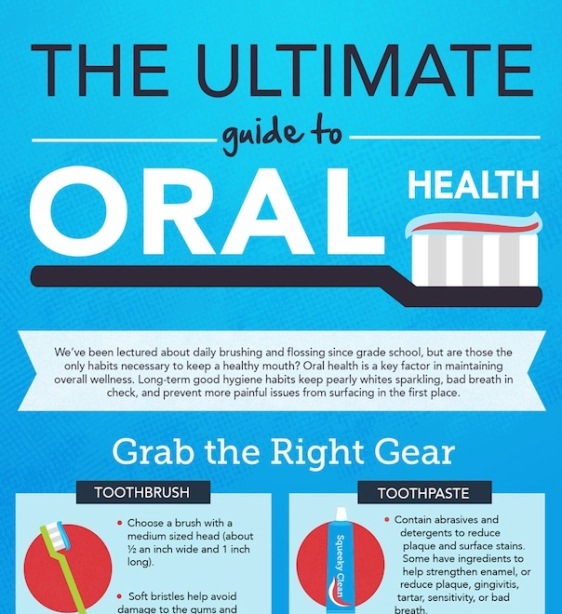The Next Era Of Dental Surgery: Breakthrough Innovations And Developments Reshaping The Specialized
The Next Era Of Dental Surgery: Breakthrough Innovations And Developments Reshaping The Specialized
Blog Article
Material By-Borg Browne
Welcome to the globe of oral surgery, where advancements and developments are shaping the future of the field! In this exciting world, you'll witness the transformative power of robotics, the cutting-edge marvel of 3D printing, and the game-changing effect of minimally intrusive techniques.
The future of dental surgery holds a pledge of precision, efficiency, and boosted individual end results. With the help of advanced robotics, surgeons have the ability to carry out intricate procedures with better accuracy and control.
3D printing innovation is reinventing the production of oral implants and prosthetics, using customized solutions that fit flawlessly right into each person's special anatomy.
Additionally, minimally invasive methods are lowering post-operative discomfort and recuperation time, permitting individuals to go back to their every day lives quicker.
Prepare to check out the exciting developments and advances that are reshaping the landscape of oral surgery!
Improvements in Robotics
One major development in oral surgery is the use of robotic innovation, which allows for accurate and effective surgeries. With the help of robotic systems, oral surgeons have the capacity to do intricate surgeries with enhanced precision, reducing the risk of human mistake.
These robotic systems are outfitted with sophisticated imaging innovation and exact instruments that allow surgeons to navigate with elaborate physiological frameworks easily. By utilizing robot innovation, cosmetic surgeons can attain higher medical accuracy, causing enhanced individual outcomes and faster recuperation times.
Additionally, the use of robotics in oral surgery enables minimally invasive procedures, decreasing the trauma to bordering cells and advertising faster healing.
3D Printing in Dental Surgery
To boost the field of oral surgery, you can check out the subtopic of 3D printing in oral surgery. This innovative modern technology has the prospective to change the way dental specialists operate and deal with people. Here are four vital methods which 3D printing is shaping the field:
- ** Personalized Surgical Guides **: 3D printing permits the creation of very accurate and patient-specific surgical guides, boosting the precision and performance of treatments.
- ** Implant Prosthetics **: With 3D printing, oral doctors can create customized implant prosthetics that completely fit a patient's one-of-a-kind makeup, resulting in far better end results and individual fulfillment.
- ** Bone Grafting **: 3D printing allows the production of patient-specific bone grafts, lowering the requirement for traditional implanting methods and enhancing recovery and recuperation time.
- ** Education and Training **: 3D printing can be used to create reasonable surgical designs for academic functions, enabling dental surgeons to exercise complicated procedures prior to executing them on clients.
With see post to improve accuracy, customization, and training, 3D printing is an amazing growth in the field of oral surgery.
Minimally Invasive Strategies
To additionally advance the field of oral surgery, embrace the potential of minimally invasive methods that can considerably benefit both specialists and people alike.
Minimally intrusive techniques are changing the area by lowering medical injury, reducing post-operative discomfort, and increasing the recuperation process. https://lukasstnhe.snack-blog.com/32948080/gradually-the-true-price-of-oral-implants-versus-dentures-and-bridges-might-shock-you-find-which-choice-provides-the-best-long-term-value entail making use of smaller sized incisions and specialized instruments to do procedures with accuracy and efficiency.
By utilizing advanced imaging modern technology, such as cone beam computed tomography (CBCT), specialists can precisely prepare and execute surgical procedures with very little invasiveness.
In addition, the use of lasers in dental surgery permits accurate tissue cutting and coagulation, leading to reduced blood loss and reduced recovery time.
With minimally invasive methods, clients can experience faster healing, minimized scarring, and enhanced end results, making it a necessary aspect of the future of oral surgery.
Conclusion
So, as you can see, the future of dental surgery is exceptionally appealing, with interesting innovations and breakthroughs shaping the area.
From the innovations in robotics to the use of 3D printing and minimally invasive methods, oral specialists are revolutionizing the way they offer care.
While some may worry about the prospective cost associated with these advancements, it is necessary to bear in mind that these technologies ultimately enhance client results and lower recovery time, making them well worth the investment in the future.
